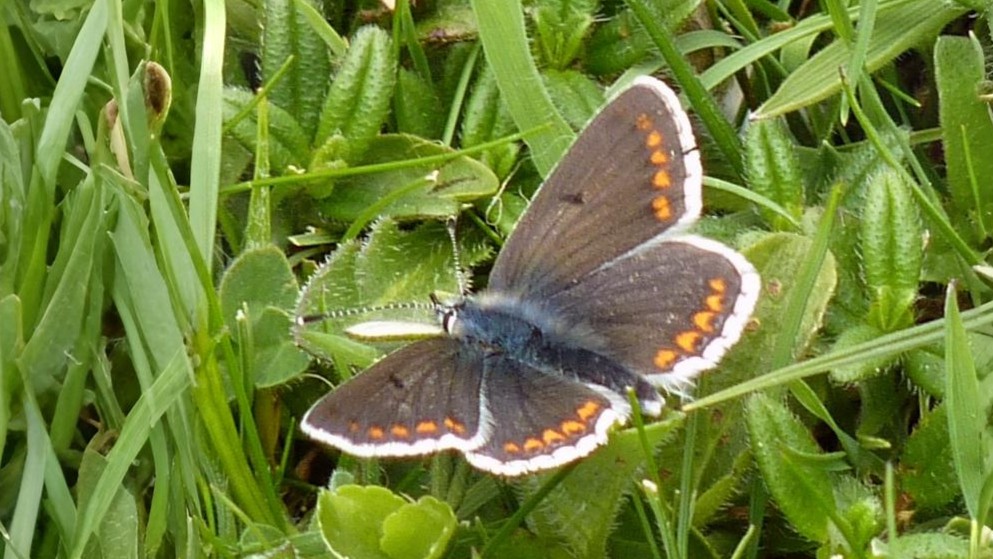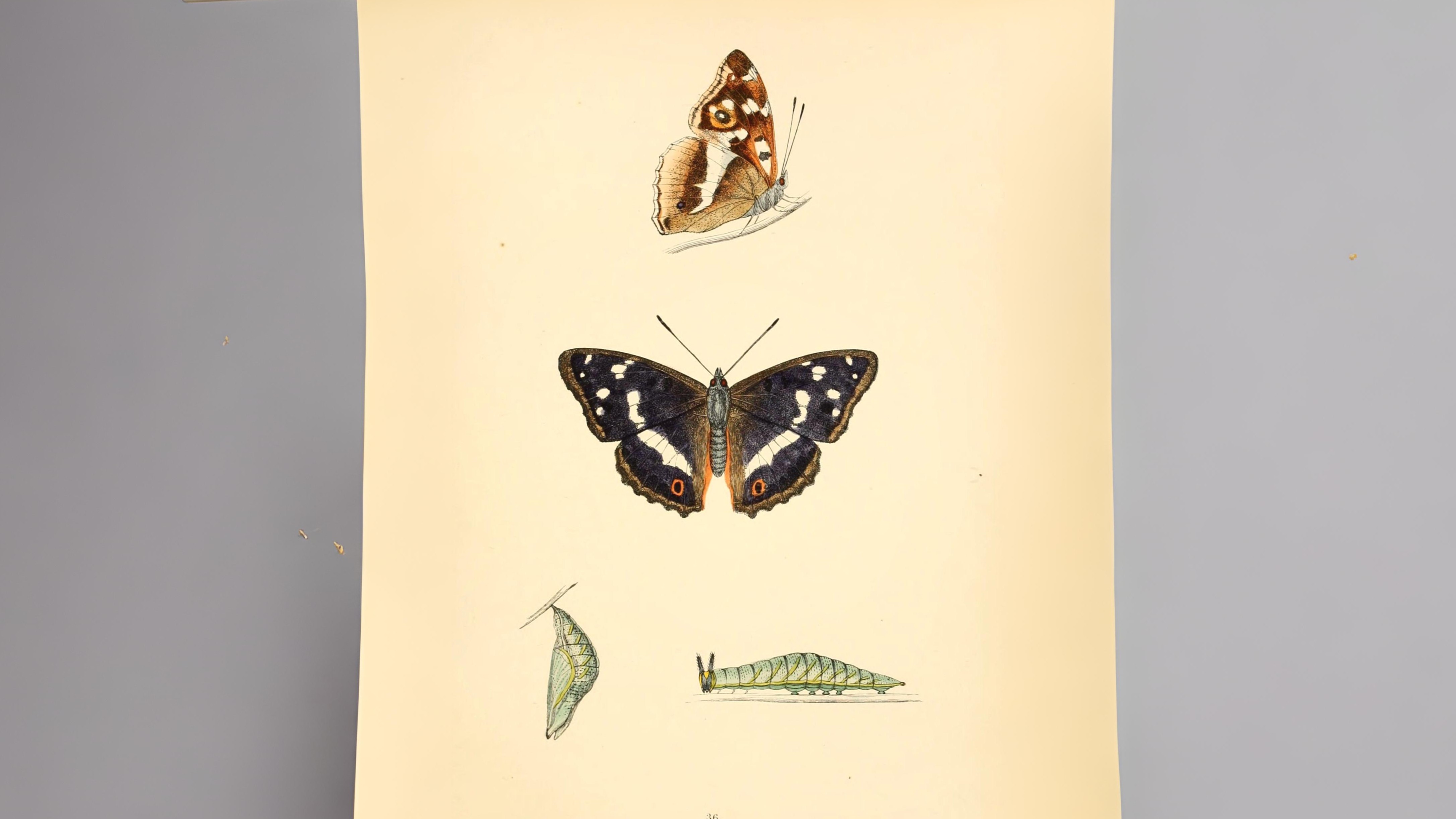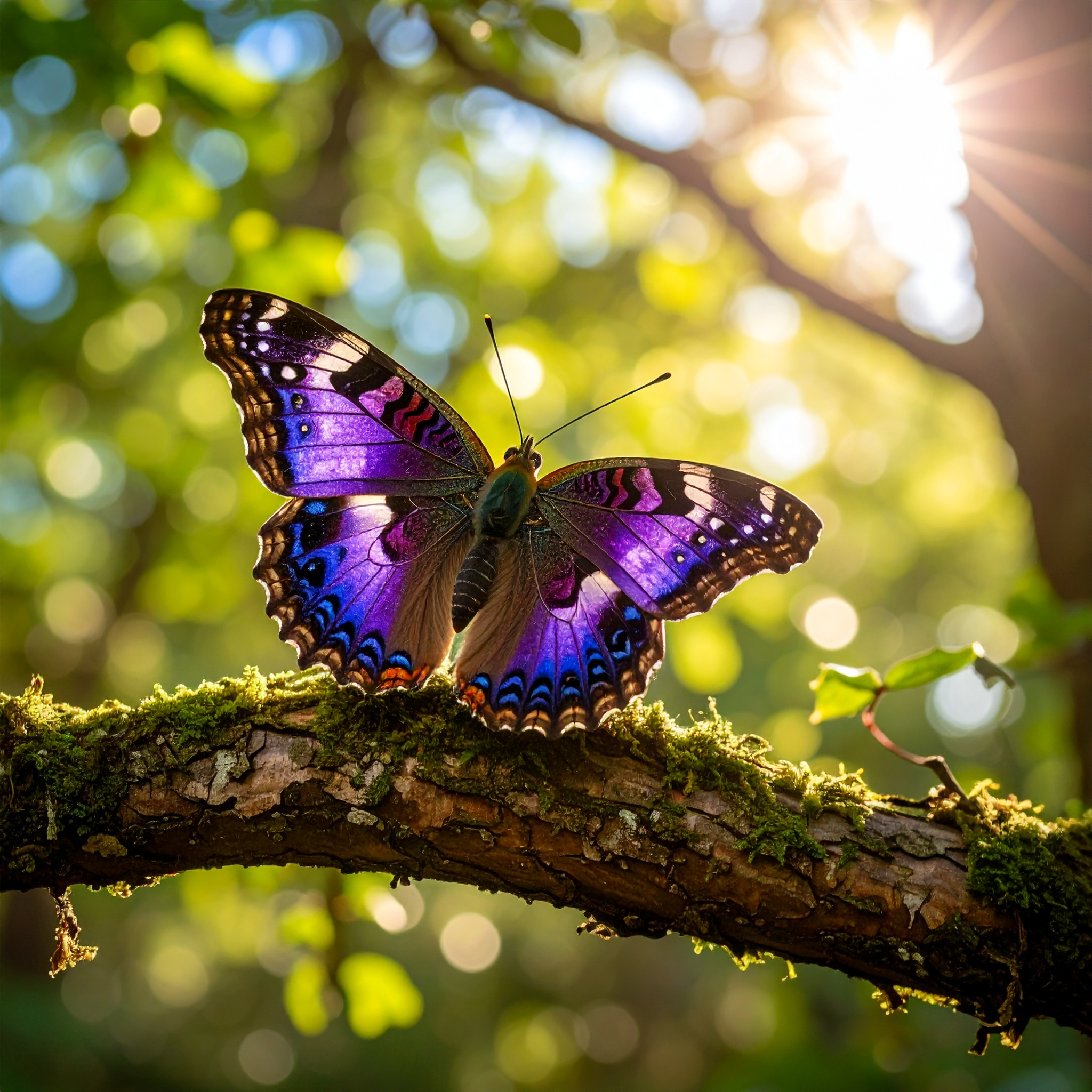
Did you know London still hosts the mythical purple emperor, a butterfly so rare its "master trees" are closely guarded secrets? Or that male brown argus blues smell like chocolate? Discover where to spot electric-blue Adonis blues, elusive white-letter hairstreaks in Trent Park, and the dark green fritillary’s dice-box wings. Return July 24 for a guide to London’s rarest summer butterflies—including Victorian tricks to lure emperors with fox dung!
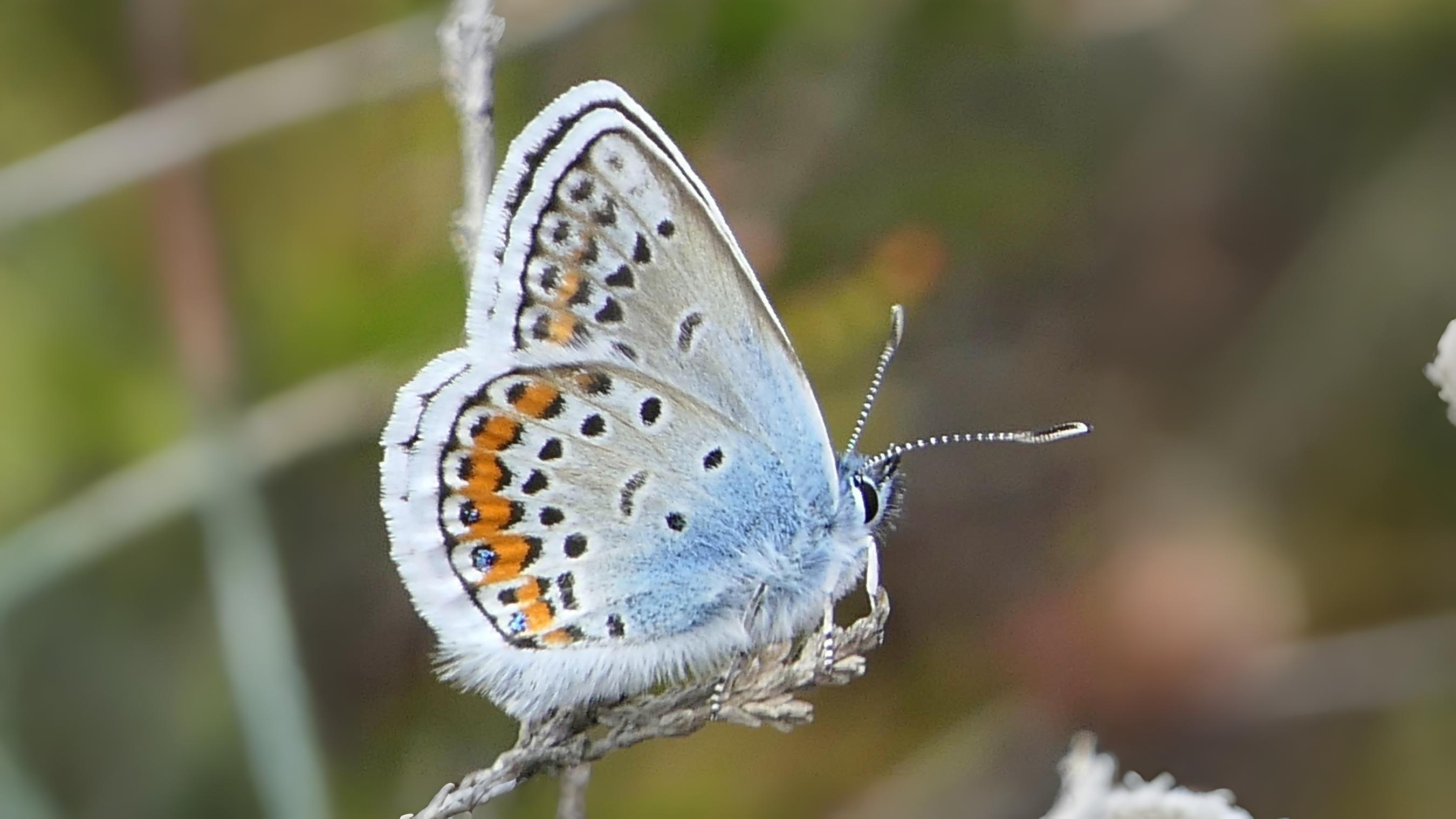

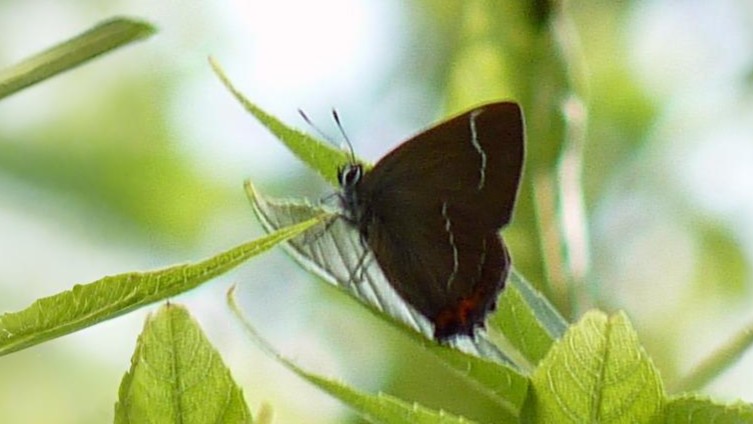

There are also two large fritillaries that can be seen in London in July. At the beginning of the month if one is seen it is likely to be dark green fritillary as the silver washed fritillary is only on the wing in the second half of the month. The word ‘fritillary’ means ‘dice-box’, which is a good clue to their general markings. In this case it is the habitat where the butterfly is seen which helps to identify it. If it is seen on chalk down land with woodland nearby, it is likely to be a dark green fritillary, whereas if it is seen in the wood itself, especially in a glade with tall trees, it is more likely to be a silver washed fritillary. Box Hill and Bookham Common are places you might look for both.
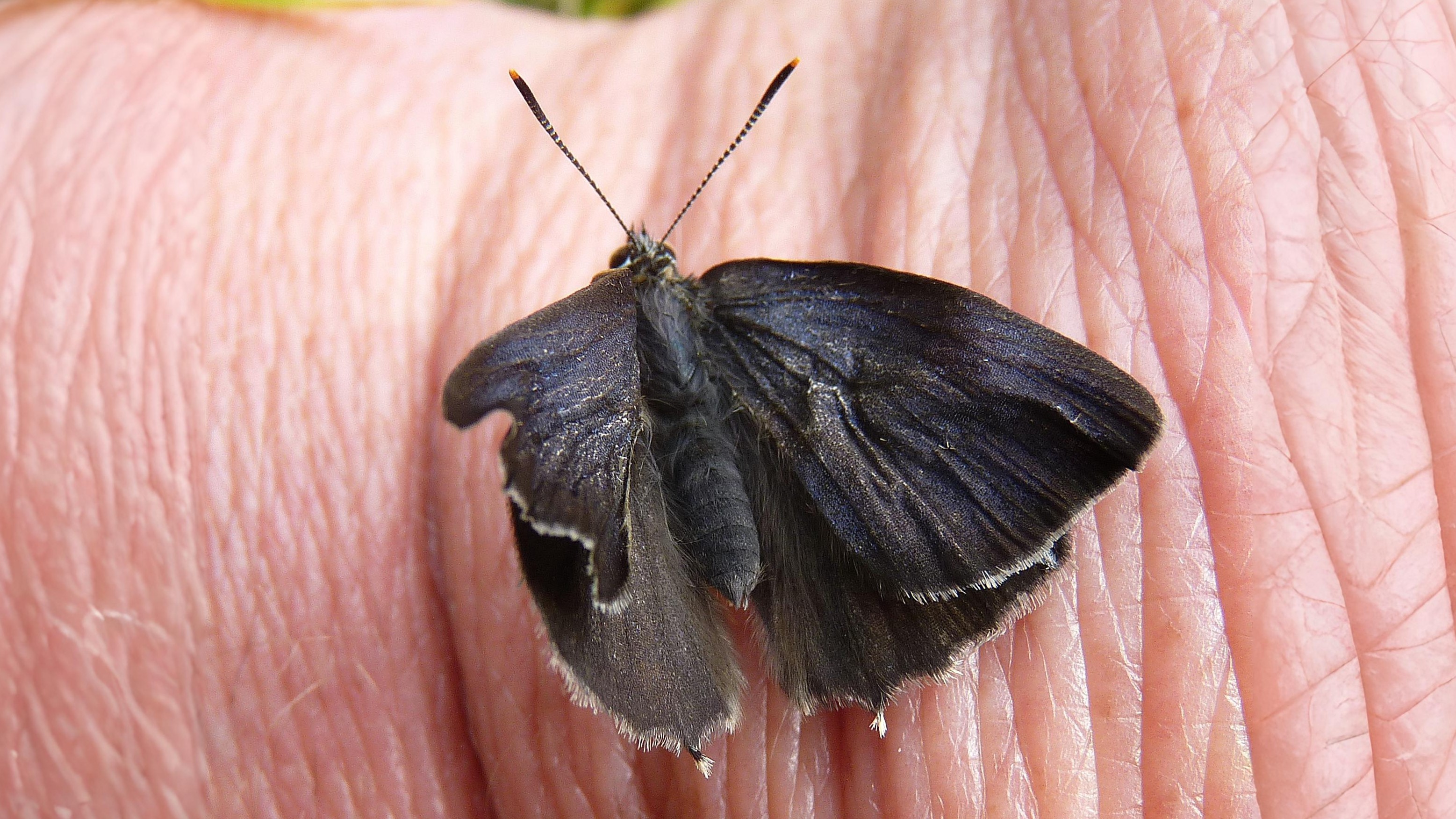

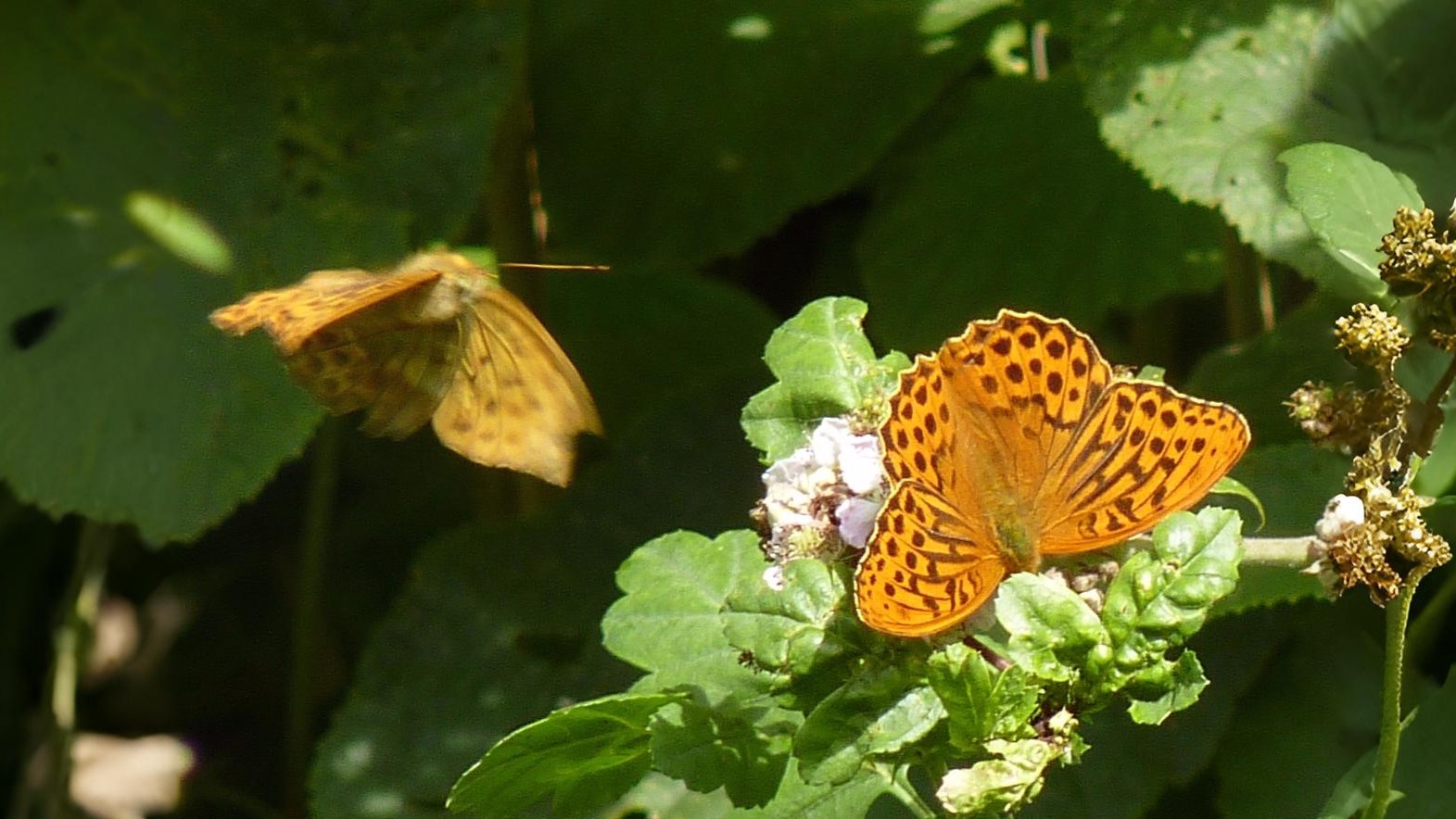

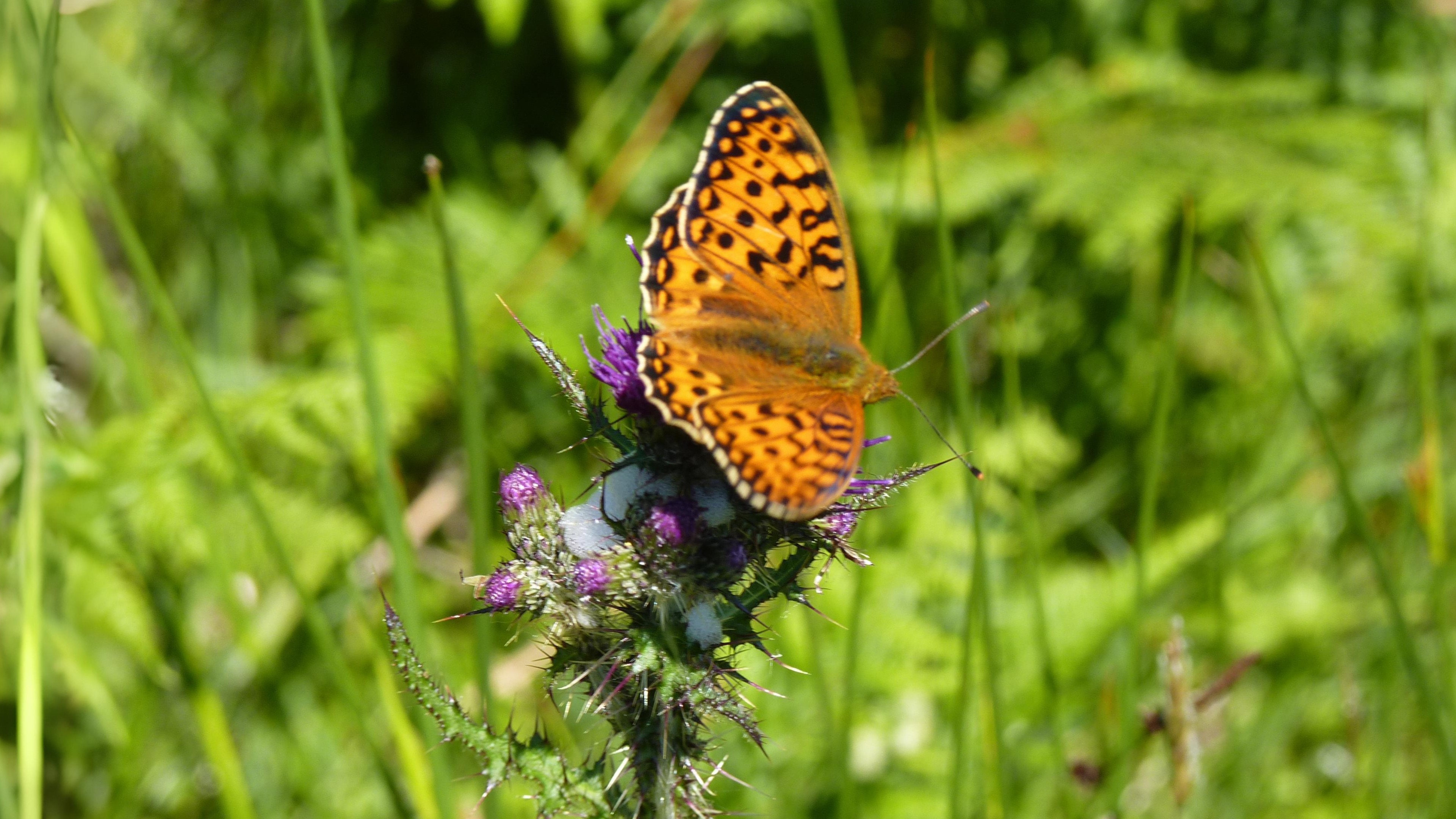

Fortunately, there are other characters than colour to separate blues in the field. If the butterfly is seen at rest, it is worth noting whether there is a black border to the wings or not. Also, whether the border is thin or thick or on the forewings only. The silver-studded and holly blue both have black edges, which the common blue does not. A broad, dark edge indicates a female holly blue and a thin one is likely to be a male silver studded blue. The holly blue is further distinguished by having no orange markings or bordered spots that are so typical of the other species. Its black border is just confined to the tips of its wings in the male. The females as usual are more difficult to separate, but hopefully they are not too far away from the males. The brown argus, although technically a ‘blue’, is actually chocolate in colour with orange borders.
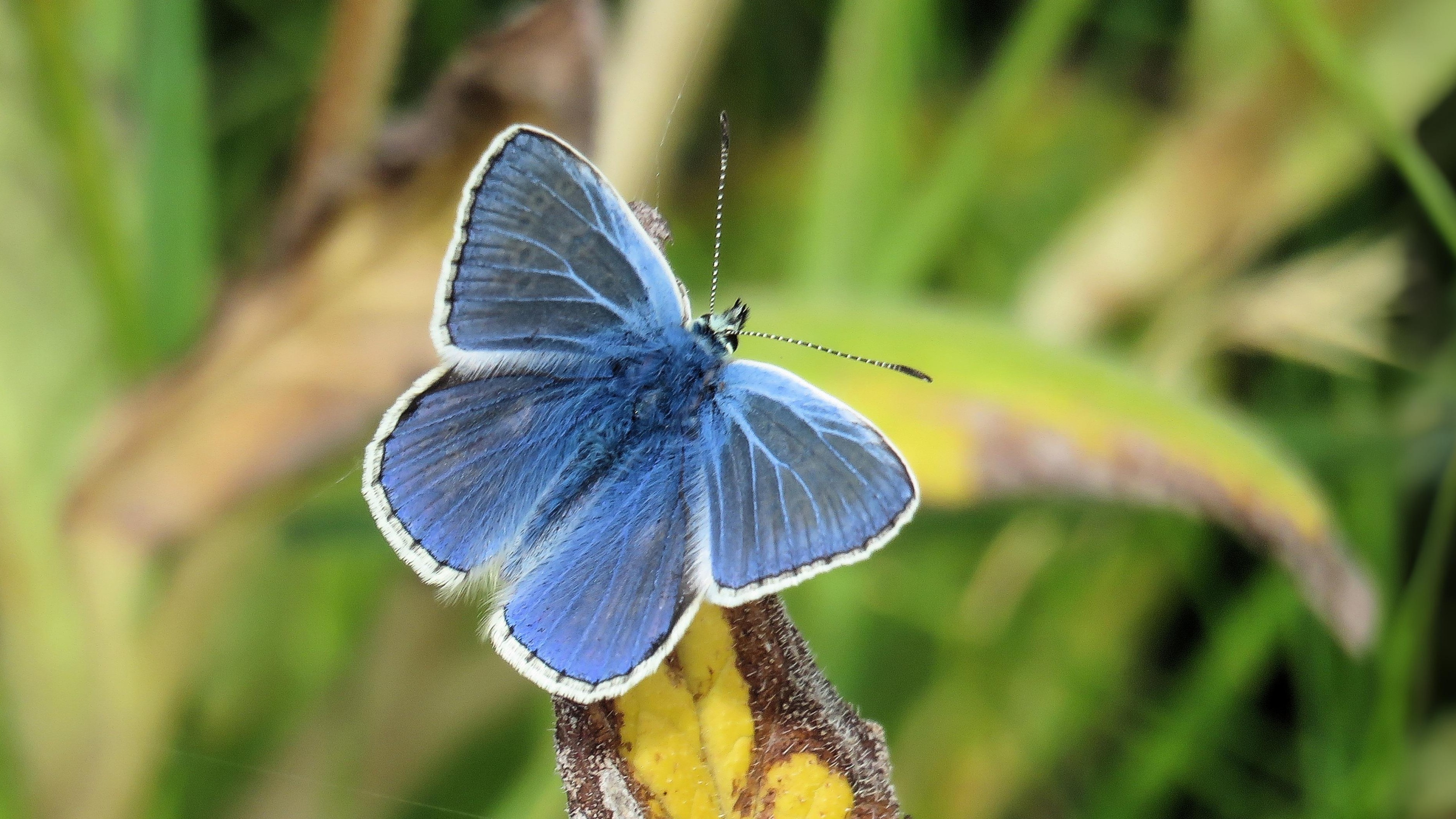

In gardens, the most likely butterflies to be seen are the comma, red admiral, peacock, possibly a painted lady and, now rarely, a small tortoiseshell. Whites can often be strangely absent this month, although the large, small and green veined do reappear towards the end of the month. The rare wood whites, where they do occur, fly the whole month. Speckled woods are even more unusual in their appearance. They may be seen at the beginning and the end of July, but not usually in the middle. When they are seen, it is worth watching out for their spiralling courtship display. This ends with the female dropping to the ground, where both butterflies start bowing to each other. The male may then wrap his wings around her antennae before attempting to copulate with her.
